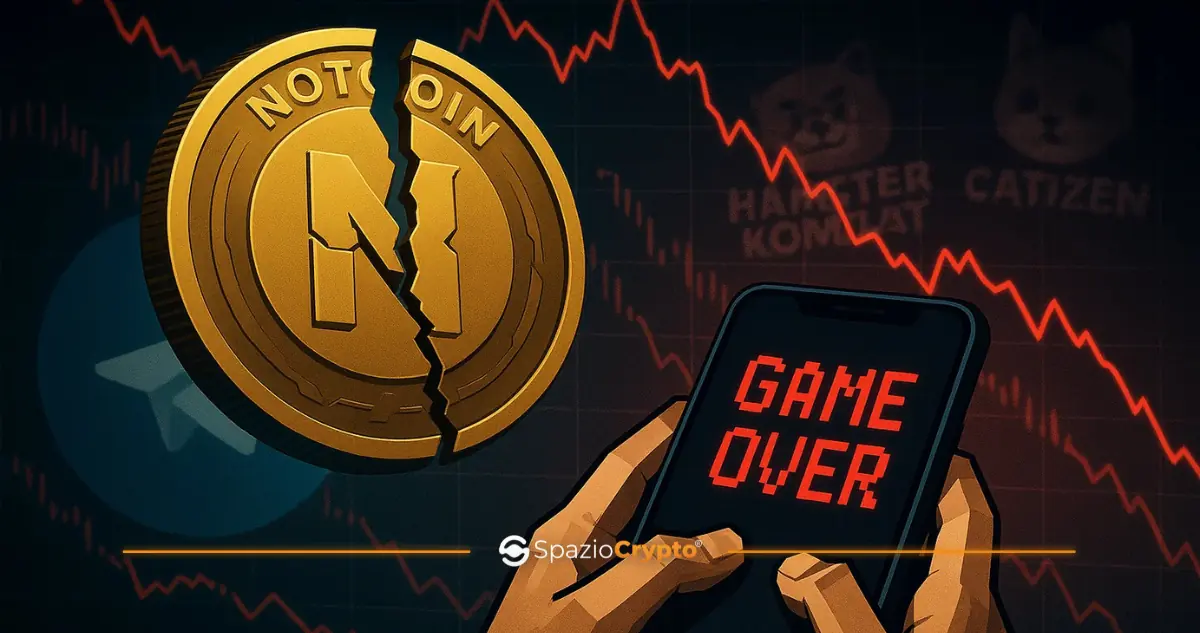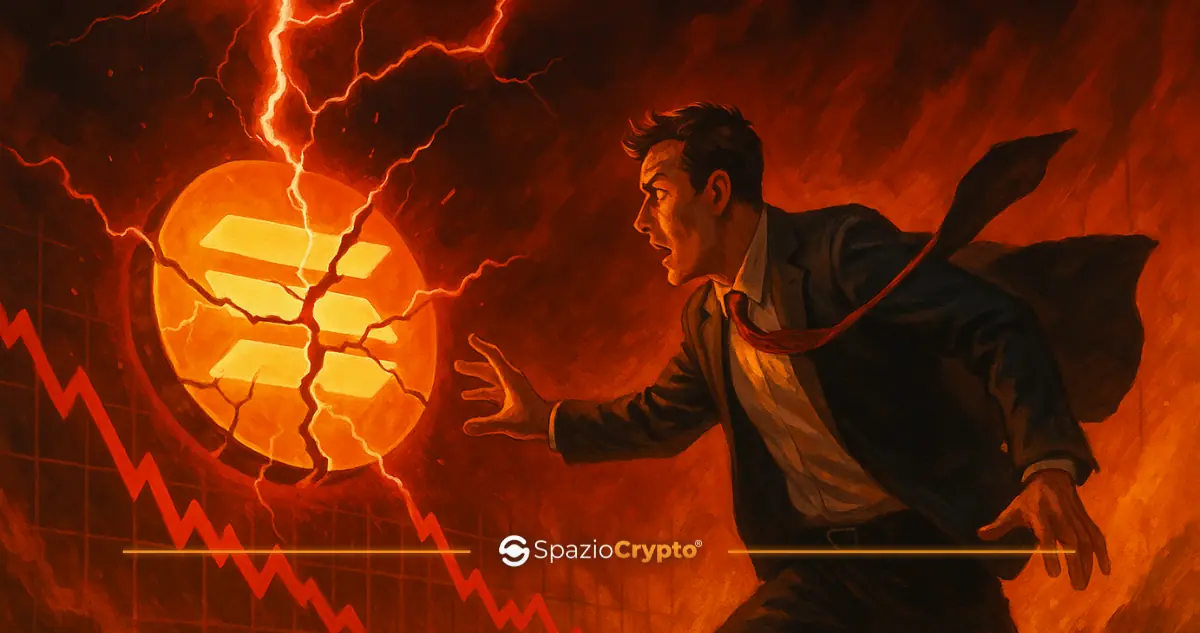The period of regulation is rather vague but, at least, soon we will know more. Fabio Panetta, the governor of the Bank of Italy, gave a speech at the Associazione Bancaria Italiana on 9 July and, on the occasion, stated that the central bank will make known, in the coming days, guidelines on the correct way to apply, in our country, the rules dictated by Brussels on cryptocurrencies.
The text of Governor Fabio Panetta's speech at the assembly of the Italian Banking Association, @bancaditalia, the call to avoid excesses of optimism (from the @L_Economia app of the @Corriere) https://t.co/TGAt0Wevmw
- daniele manca (@Daniele_Manca) July 10, 2024
The Importance of the Guidelines
The issuance of these guidelines is indispensable, according to Panetta, to facilitate the effective application of MiCA, an acronym for Markets in Crypto-Assets Regulation, drafted by the European Union to protect holders of certain cryptocurrencies.
What is MiCA
The so-called MiCA is a European Union regulation that aims to provide financial certainty in relation to the Web3 world, which has no other specific regulation in the EU. The measure covers cryptocurrencies, tokens and stablecoin. The MiCA authorises banks, credit brokers and other financial institutions to engage in crypto-market-related activities. Anyone who is authorised by MiFID (Master in Financial Instruments Directive), the EU securities market regulation, can deal in digital assets.
The MiCA outlines two main categories of tokens that meet the requirements to be used in payments. The first concerns asset-reference tokens, or ART, the second electronic money tokens (EMT). Of these, however, only the latter are able to fully perform the function of a means of payment while preserving public trust. The value of an EMT is in fact tied to a single official currency, typically a stablecoin pegged and backed by the US dollar, while the value of an ART is owed to one or more assets such as the PAXG (PAX Gold) token, backed by gold.
Guidelines for Handling Unsecured Assets
Inevitably, in his speech heralding the publication of these guidelines, Panetta was asked about the strongest cryptocurrencies currently in circulation: Bitcoin and Ether. According to the governor, both are an example of unsecured crypto-assets that are, in fact, similar to a bet and have no intrinsic value.
Panetta's reasoning starts from the assumption that crypto traders have the sole objective of selling their assets at the best possible price, even to those who wish to circumvent tax rules and regulations in place to counter money laundering and terrorist financing. In light of this, no currency set up in this manner possesses the necessary characteristics to fulfil the three intrinsic functions of money, namely to act as a means of payment, reserve of value and unit of account. The number of investors in unsecured cryptocurrencies who buy tokens without knowing the risks is low, but not negligible, and may grow in the future.
Panetta, therefore, is not exactly an enthusiast. This probably means that Bankitalia's forthcoming guidelines will contain very little on BTC or ETH.
A Possible Tightening on Crypto Markets
Aware of this position of the number 1 of the Central Bank, the Reuters news agency had anticipated, at the end of June, the need for a tightening, on the part of the Italian government, on cryptocurrency markets. Our country is indeed very soft in this regard and Panetta's ideas could facilitate this. The MiCA demands greater severity and sanctions for violations ranging from market manipulation to insider trading.
As enthusiasts of this world, we at SpazioCrypto's editorial staff also await these guidelines, which will bring some light, and some due regulation in the DeFi sphere. In Italy (as in several other European countries) today we really are in a regulatory Wild West in this regard. Although MiCA is unlikely to change things as it should and bring clarity to the entire sector, it can be said to be a starting point, which can be improved and implemented in the future.








